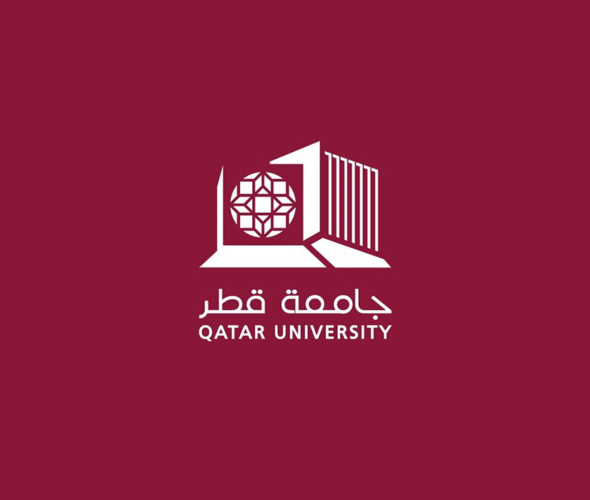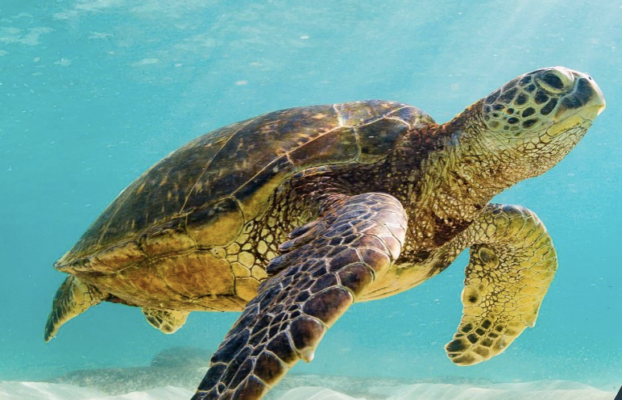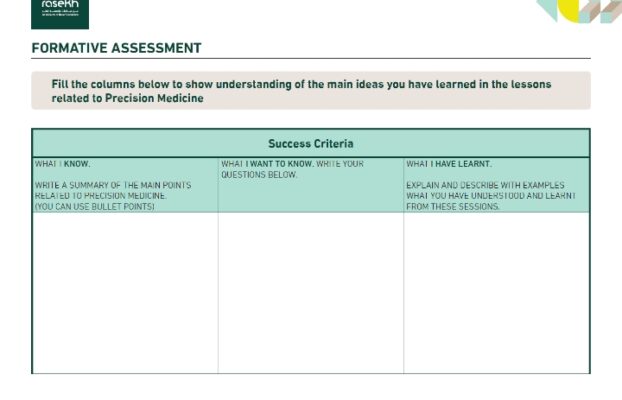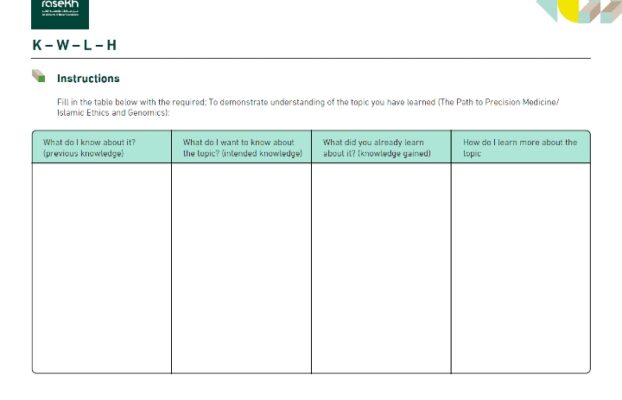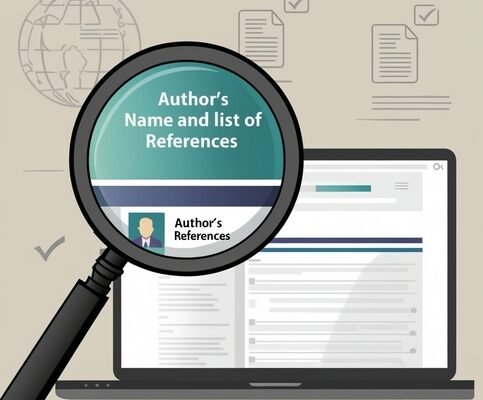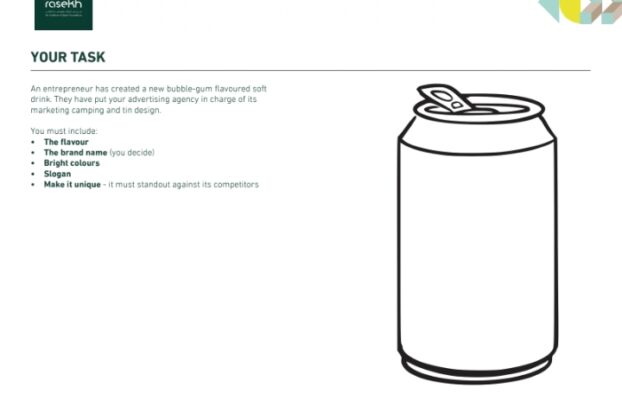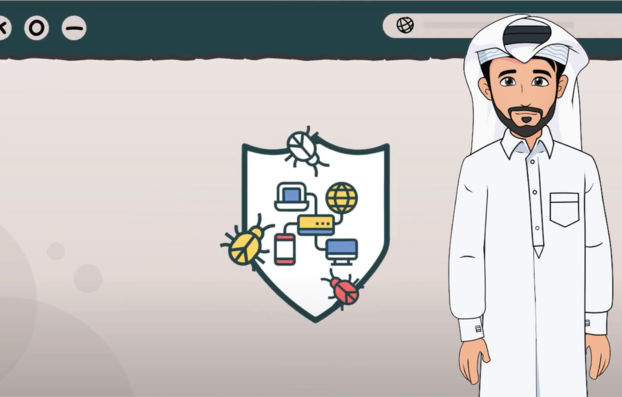Marine Turtles
The Life of Marine Turtles in Qatar
-
Sustainability
QNV 2030: Environmental Development, Social Development
-
Resource Plan
-
SDG 14: Life Below Water, SDG 15: Life on Land
-
9 - 10 years
-
Language(s), Science
-
Resource ID: 17656
- Share Feedback Embed Resource
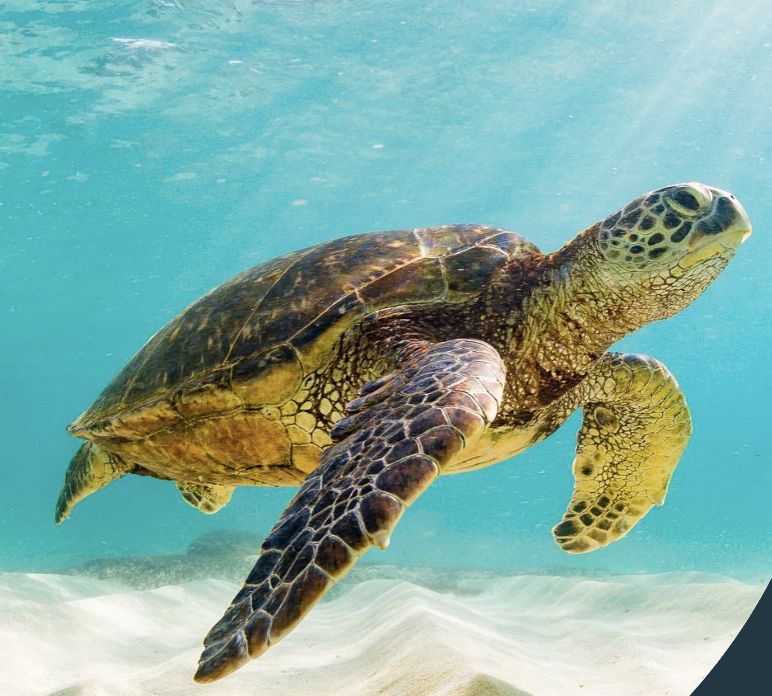
Overarching Goal(s)
- To inspire students to act in local/global sustainable ways.
- To equip learners with the knowledge, skills, motivation and understanding to demonstrate the importance of Glocalization as a sustainable model for learning.
Learning Outcomes
- Learners discuss, plan and evaluate learner-initiated action using sustainable approaches.
- Learners describe, explain and interpret the characteristics, structures and interactions of a theme, group, project or organization related to glocalization.
Possible Duration (Hours)
7 hours
Qatar National Vision 2030 Connection
Qatar National Vision 2030: the students will understand how the environmental and social development pillar applies to the conservation and protection of marine turtles in Qatar, which can be applied to global contexts.
English: https://www.gco.gov.qa/en/about-qatar/national-vision2030/
Arabic: https://www.gco.gov.qa/ar/about-qatar/national-vision2030/
Source: Government Communications Office (2023). Qatar National Vision 2030. [online] Government Communications Office. Available at: https://www.gco.gov.qa/en/about-qatar/national-vision2030/
Sustainable Development Goals (SDGs) Connection
SDG 14 and 15: Life Below Water; Life on Land: This lesson tool will be understanding; observing the significance of conserving and sustaining the protection of marine turtles.
The 17 Sustainable Development Goals, United Nations
English: https://sdgs.un.org/goals
Arabic: https://sdgs.un.org/ar/goals
Source: United Nations (2024). The 17 Sustainable Development Goals. [online] United Nations. Available at: https://sdgs.un.org/goals.
Action Learning Outcomes
- Learners discuss, evaluate and plan student-initiated activities.
- Learners persevere in action.
- Learners work collaboratively with others.
Content
The content of the lesson tool revolves around understanding, conserving the protection and sustainability of marine turtles and life.
Resource Utilization and Identification: Qatar University (QU)
Subject Matter: Language(s) and Science, describing the survival of marine turtles in sea and on land, life-cycle, challenges, threats and solutions.
Glocalization Connections: Sustainable actions to protect marine turtles locally and globally.
Differentiation: Provide support to students who require extra support to present the challenges and solutions they identified clearly. They could also work with a high ability student to help them express their ideas.
Critical Thinking: Encourage students to explore the life cycle of marine turtles and suggest ways to protect their sustainability.
Real-world Application: Students discuss and explain how we are responsible for the protection and conservation of marine life in Qatar.
Strategies
The strategies employed in this lesson tool are designed to foster analyzing, critical thinking, inquiry, collaboration, and innovative engagement. They include visible thinking routines, responsive pedagogy, and problem-solving approaches to adapt to students’ needs and encourage active participation. Students apply meaningful learning experiences that connect to protecting the sustainability of marine life in Qatar.
Responsive and Adaptive Pedagogy: Adjust the pace and level of guidance based on student responses and engagement.
Visible Thinking Routines: The “Connect-Extend-Challenge” is used as a collaborative strategy where students work together to solve a problem about the assigned topic, promoting to think individually and share their responses while challenging them to think critically.
Inquiry: Encourage students to inquire about the significance of protecting and conserving marine life environment in Qatar.
Collaboration: Facilitate a class discussion forum where students can share and compare their perceptions, promoting collaboration and the exchange of diverse perspectives.
Assessment for and as Learning: Use formative assessments for student responses and presentations.
Problem-Solving: Ask students to identify and propose solutions to challenges locally and/or globally that endanger marine life.
Learning Experiences
Learning Engagement 1: To Describe the Life of the Marine Turtles in the Sea and on Land
Resource 1: The Life of Marine Turtles in Qatar Presentation: https://rasekh.qa/en/resource/resource-1-the-life-of-marine-turtles-in-qatar/
Resources: post-it notes and pencils
A3 print of slide 5, Resource 1
Class flip chart paper
Introduction:
The teacher will display slide 2 from Resource 1, and will ask students to work in small groups to answer Maryam’s thinking question: How do marine turtles survive in the sea, and on land? The teacher will provide students sufficient time to write down their names and responses on the provided post-it notes to answer the question. Then they will be asked to stick them on the class flip chart paper.
Reflection:
The teacher will share some of the responses from students. The teacher will invite students to think and emphasize on some similarities or differences of how turtles survive in the sea and on land. The teacher will share the Sustainable Development Goals 14 and 15 on slides 3 and 4 with the students, describing the life of turtles in the sea and on land.
Connect-Extend- Challenge Activity 1
Connect: Where are marine turtles found locally and/or globally?
How do they connect to the SDGs relating to their life in the sea and on land?
Extend: How are the marine turtles protected and conserved locally and/or globally?
Challenge: Is a turtle an amphibian or a reptile? Can you explain the difference?
What might be some of our responsibilities and actions towards conserving and protecting marine animals?
The teacher will provide A3 copies of slide 5 from Resource 1, and will explain to the students that they will continue to collaborate with their group members to answer the questions on the A3 Connect-Extend-Challenge Activity sheet provided to them. The teacher will emphasize what is meant by ‘conserving’ and ‘protecting’, by providing students with an example. The students will write their names and responses directly on the A3 sheet. The teacher will remind students that they all need to participate when responding to the questions.
Reflection:
The teacher will ask each group to take turns to share their responses. The teacher will check with the student responses, and emphasize that marine turtles are reptiles that live in freshwater or saltwater, have streamlined bodies, and large flippers which allow them to adapt to life in the sea. The teacher will share the image on slide 6 from Resource 1, of the Hawksbill Turtle that illustrates how turtles survive in the sea.
The teacher will ask students to provide an example of other reptiles that live in the sea locally or globally.
Teacher reference example: lizards in Qatar, crocodiles live in water, for example in Southeast Asia.
On the other hand, Amphibians have a scaleless cover which is water permeable. The teacher will ask students to provide an example of an amphibian. Teacher reference examples: Frogs and toads found in England near woodlands or grasslands.
The teacher will share the turtle image on slide 7 from Resource 1 with the students, and will invite students to write on the class flip chart paper some features of a marine turtle.
The teacher will emphasize some of the features of a turtle by sharing slides 8 and 9, and will show where the dorsal part, and the part that is referred to as scutes on slide 6 are found on the turtle. Then the teacher will invite students to point to where the prefrontal scales, beak and hind flippers are on the displayed turtle image (slide 9), and will clarify any misconceptions.
The teacher will share slide 10 from Resource 1 displaying the 3D Model of a Hawksbill Turtle and will invite students to interact with the image to explore the different parts of the turtle. Students are invited to add an appropriate interesting finding they discover to the class flip chart paper.
The teacher will also add the following features to the class flip chart paper, if not added by students:
- Turtles are four-legged vertebrates and have scales covering their body.
The teacher will ask students to define vertebrates. Students should be provided the opportunity to look up the definition in the school dictionary.
- Turtles are protected by their tough impenetrable shell, and their lungs help them to breathe.
- They lay eggs on land which have shells covering them.
The teacher will facilitate a class discussion to encourage students to develop questions that require further research or inquiries.
Activity 2
The Life Cycle of MarineTurtles
Instructions
The teacher will share slide 11 from Resource 1, and will ask students: What life cycles of animals can they remember? The teacher will ask the students if they can recall the life cycle of a butterfly? How and what would the life cycle of a marine turtle look like? The teacher will invite students to brainstorm ideas (slide 12) on a new class flip chart paper. They teacher will monitor and ensure student responses are appropriate culturally.
Then the teacher will display and share the interactive slides 13-17 from Resource 1. Throughout these slides, students will learn about the life cycle of marine turtles. Then students will learn some facts on the Life Cycle of The Hawksbill Turtle on slide 18, and in their small groups they will answer the Life Cycle Quiz questions on slide 19.
Reflection
The teacher will invite students from each group to share their answers to each question. Students will be invited to click the hatchling to reveal each answer as each question is addressed.
Learning Engagement 2: Research and Respond to Challenges for Marine Turtles
Instructions
The teacher will share slide 20 from Resource 1 with the students, sharing information about the decline of marine turtles worldwide. The IUCN related issue relating to marine turtles identifies them as critically endangered species: https://www.iucnredlist.org/species/4615/247654386.
The teacher will display and share slides 21 and 22 of Resource 1, and will ask students to expand on Maryam’s thoughts of what some of these challenges and dangers that turtles face might be. The students will collaborate in small groups to list some of the challenges and dangers turtles might face in the sea and on land.
Reflection:
Students from different groups will share their responses. The teacher will create a T-chart on the class flip chart board to list the students’ responses for the challenges/dangers in the sea and on land.
Activity
Save the Marine Turtles
Research Activity
The teacher will share slide 23 from Resource 1, and will explain to students that they will work in small groups to research the challenges and threats that marine turtles are faced with. The students will also need to come up with solutions to protect marine turtles. For example: to clean up beaches from garbage and trash left on beaches; to create visual posters to remind beach users not to throw their garbage or trash on beaches. Provide students sufficient time to research challenges, threats, solutions, and ways in which marine turtles can be protected. They should be encouraged to explore cultural and Islamic responsibilities or duties that can apply in protecting and conserving the life of marine turtles. For example, what is the perspective of taking care of animals from a cultural or Islamic point of view. Also, include the Sustainable Development Goal that applies to their presentation.
Students should choose how they wish to present and can choose from the following: to create a model with captions and video to explain the challenges, threats and solutions, Powerpoint or Poster presentation that highlights the challenges that marine turtles face, and suggest positive steps to solve and take action to conserve and protect marine turtles, as responsible citizens residing in Qatar. Each presentation will be assessed on quality, content creativity, addressing the applicable sustainable development goal and including the Islamic/cultural connection. The presentation rubric on slide 24 will be shared with students prior to researching and creating their presentation.
Reflection:
Students will share their presentations with their peers. The rubric will be used for students to peer-assess the presentation(s).
Action:
Visit program – MECC Official website
The teacher will encourage students to check updates on the MECC website link, and suggest students to attend the Visit Program which is organized by The Ministry of Environment and Climate Change, during the Summer months with their parents or supervised family member(s). They can note down their observations when visiting, and connect them to their learning and sustainable actions.
Checking for Understanding
Learning Engagement 1: To Describe the Life of the Marine Turtles in the Sea and on Land
Check and assess responses to the Connect-Extend-Challenge activity and Life Cycle Quiz
Learning Engagement 2: Researching and responding to challenges for marine turtles
Students will conduct a peer-assessment on their presentation using the rubric on slide 24.
Key Vocabulary
carapace, challenges, conserve, endanger, environment, flippers, frontal, hind, incubation, life cycle, marine, nesting, ocean, protection, sea, scutes, sustainable, threats, turtles
Resources
Resource 1: The Life of Marine Turtles in Qatar Presentation: https://rasekh.qa/en/resource/resource-1-the-life-of-marine-turtles-in-qatar/
Resource Publisher
Qatar University (QU)
Qatar University is one of the leading institutions of academic and research excellence in the GCC region. It provides high quality undergraduate and graduate programs that prepare competent graduates, primed to shape the future of Qatar. The organization's strong relationship with Qatari society is reflected in its community service efforts and in its vibrant research portfolio that addresses relevant local and regional challenges, advances national goals towards a knowledge-based economy, and contributes actively to the needs and aspirations of the society.
